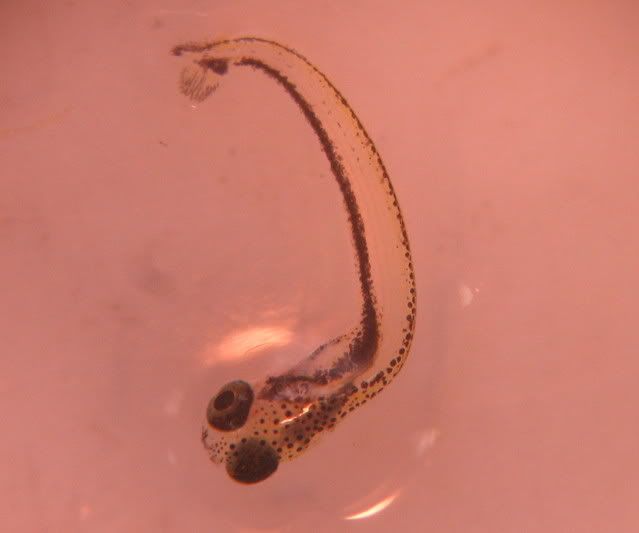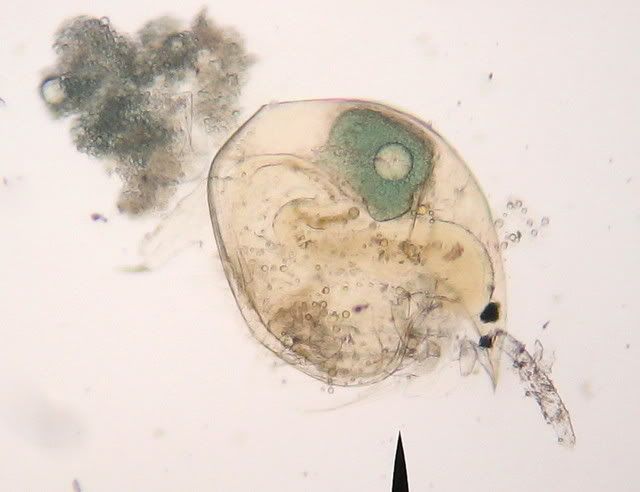The one I use at work is from the Cole Parmer catalog. It's 10 X 20 and is illuminated from above the subject. There's tons of room between the stage and lens which gives you lots of room to work with bigger subjects and/or tools. It's binocular which helps seeing in 3 dimension. I use it for everything from fixing small equipment, soldering jewelry, identifying rock crystals, butterfly eggs, inverts and bugs, doing post mortem exams on my fish that die, even removing tiny prickers from my hand.
We also have a standard compound microscope for really small stuff but you can't work on anything under it.
As far as photographing stuff, there are inexpensive adapters to hook a camera lens to a scope. There are plenty of scopes with built in cameras for big bucks. A video hook up is cool. I took a class where the teacher put slides of live critters on the scope and played 'em on the big screen in real time for the class. Obviously you're getting far beyond your few hundred bucks now.
Or you can do what I do. Cheap P&S digital camera, set on macro, press the lens against the eye piece. Don't laugh, it works, with practice and good editing. Here's a couple I took recently. The first is with the 10 x20 dissecting scope, the second is from the high powered compound.











